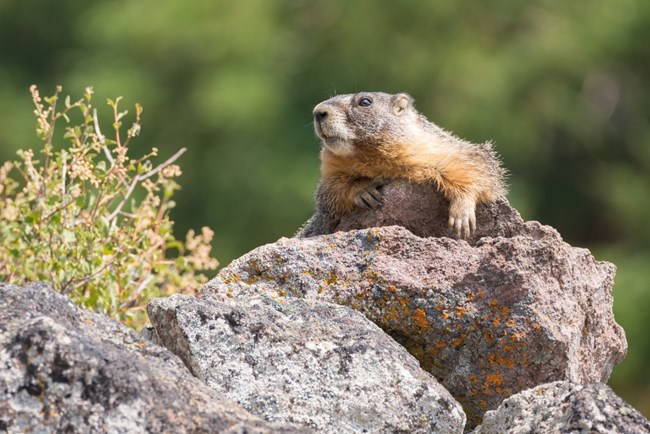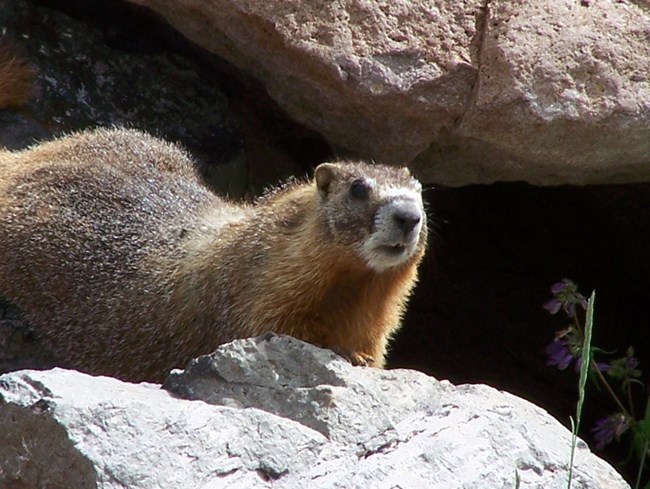
NPS/ Quentin Bucker 
NPS/ Jessica Weinberg McClosky Marmota Flaviventris
Size and Description

NPS photo
Diet
Interactions with other animals
|
Last updated: January 9, 2024

NPS/ Quentin Bucker 
NPS/ Jessica Weinberg McClosky Marmota Flaviventris
Size and Description

NPS photo
Diet
Interactions with other animals
|
Last updated: January 9, 2024